In the dynamic world of construction and design, interior fit-out project management plays a pivotal role. This process involves transforming an empty or shell space into a fully functional and aesthetically pleasing interior, tailored to the specific needs of the client. Whether it’s a commercial office, retail store, or residential property, effective project management ensures that the fit-out project is completed on time, within budget, and to the highest standards of quality.
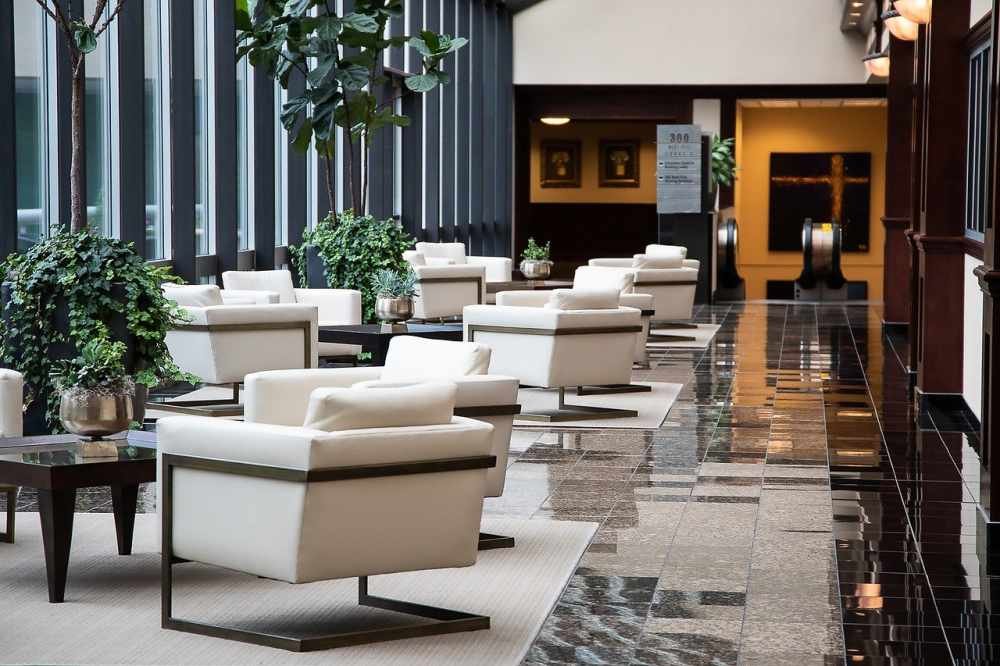
Interior Fit Out Project Management: A Comprehensive Guides of Interior Fit-Out Projects
1. Initial Planning and Feasibility Studies
The foundation of any successful fit-out project lies in meticulous planning. This phase includes:
- Client Consultation: Understanding the client’s vision, requirements, and budget.
- Site Survey: Conducting a detailed survey of the space to identify any potential challenges.
- Feasibility Study: Assessing the practicality of the proposed design and its alignment with the client’s goals.
2. Design Development
Once the initial planning is complete, the next step is to develop the design. This phase encompasses:
- Conceptual Design: Creating initial sketches and concepts that reflect the client’s vision.
- Detailed Design: Developing detailed architectural and engineering drawings.
- Material Selection: Choosing appropriate materials, finishes, and furnishings.
3. Budgeting and Cost Estimation
Accurate budgeting is crucial for the successful completion of a fit-out project. This involves:
- Cost Estimation: Calculating the total cost based on the detailed design and material selection.
- Budget Approval: Securing the client’s approval for the proposed budget.
- Contingency Planning: Allocating a contingency fund for unexpected expenses.
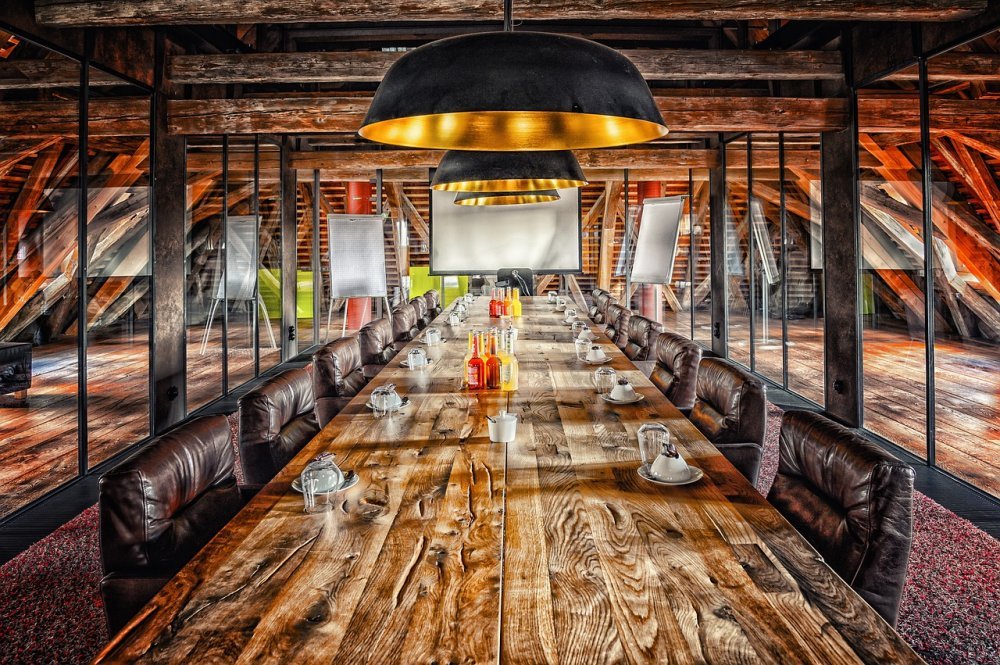
4. Procurement and Contracting
With the design and budget in place, the next step is procurement and contracting. This phase includes:
- Vendor Selection: Identifying and selecting reliable vendors and contractors.
- Contract Negotiation: Negotiating terms and conditions with vendors and contractors.
- Procurement: Purchasing materials, fixtures, and furnishings as per the project requirements.
5. Project Execution and Construction
This is the phase where the actual transformation takes place. Key activities include:
- Site Preparation: Preparing the site for construction activities.
- Construction: Carrying out the construction work as per the approved design.
- Quality Control: Ensuring that the work meets the specified quality standards.
6. Monitoring and Control
Effective monitoring and control are essential to keep the project on track. This involves:
- Progress Tracking: Regularly tracking the progress of the project against the schedule.
- Cost Control: Monitoring expenses to ensure they stay within the budget.
- Risk Management: Identifying and mitigating any potential risks that may arise during the project.

7. Handover and Completion
The final phase is the handover and completion of the project. This includes:
- Final Inspection: Conducting a thorough inspection to ensure all work is completed as per the specifications.
- Client Handover: Officially handing over the completed space to the client.
- Post-Completion Support: Providing ongoing support and maintenance if required.
Best Practices for Successful Interior Fit-Out Project Management
1. Clear Communication
Effective communication is the cornerstone of successful project management. Regular updates, clear instructions, and open lines of communication between all stakeholders ensure that everyone is on the same page and any issues are addressed promptly.
2. Detailed Documentation
Maintaining detailed documentation throughout the project lifecycle helps in tracking progress, managing changes, and resolving disputes. This includes maintaining records of all meetings, approvals, changes, and financial transactions.
3. Strong Project Team
Assembling a skilled and experienced project team is crucial for the success of a fit-out project. This team typically includes project managers, architects, designers, engineers, and contractors who work collaboratively to achieve the project goals.
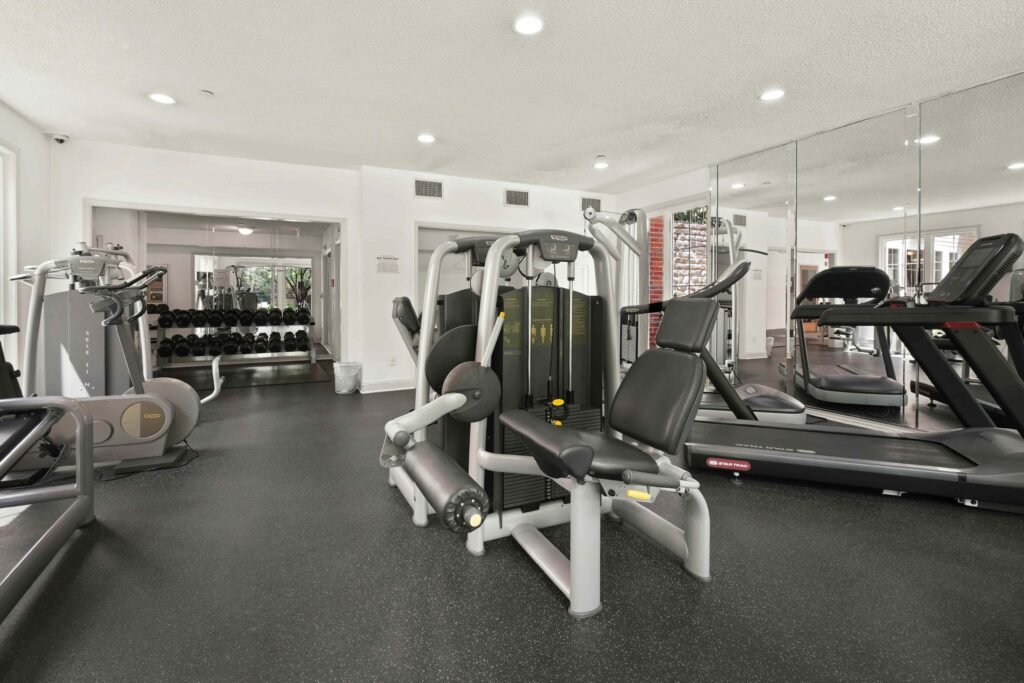
4. Risk Management
Proactively identifying and managing risks is essential to avoid delays and cost overruns. This involves conducting risk assessments, developing mitigation strategies, and regularly reviewing and updating the risk management plan.
5. Quality Assurance
Implementing robust quality assurance processes ensures that the finished space meets the highest standards of workmanship and design. Regular inspections, quality checks, and adherence to industry standards are key components of quality assurance.
6. Time Management
Effective time management is critical to ensure the project is completed on schedule. This involves creating a realistic project timeline, setting milestones, and regularly monitoring progress to identify and address any delays.
7. Budget Management
Strict budget management helps in controlling costs and avoiding financial overruns. This includes regular monitoring of expenses, comparing actual costs against the budget, and making necessary adjustments to stay within the financial plan.
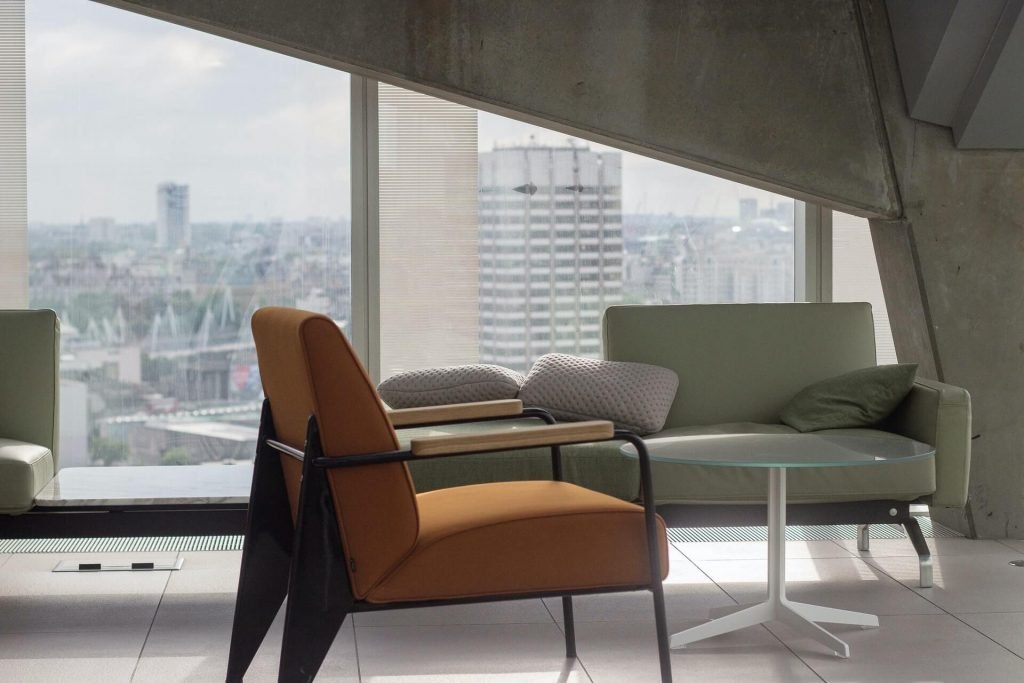
Challenges in Interior Fit-Out Project Management
1. Managing Client Expectations
Balancing the client’s vision with practical constraints such as budget, time, and site limitations can be challenging. Clear communication and realistic planning are key to managing client expectations effectively.
2. Coordinating Multiple Stakeholders
Interior fit-out projects often involve multiple stakeholders, including clients, designers, contractors, and vendors. Coordinating the efforts of all these parties requires strong leadership and effective project management skills.
3. Handling Unexpected Issues
Despite careful planning, unexpected issues such as supply chain disruptions, labor shortages, or site-specific challenges can arise. Being prepared with contingency plans and having the flexibility to adapt to changing circumstances is crucial.
4. Ensuring Compliance
Compliance with building codes, safety regulations, and industry standards is mandatory for all fit-out projects. Ensuring that all work is carried out in accordance with these requirements is essential to avoid legal issues and ensure the safety of the space.
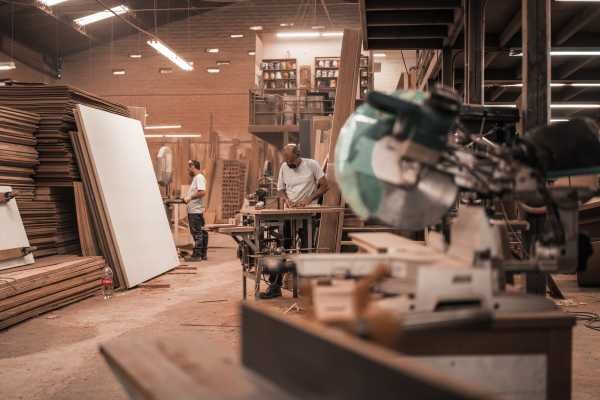
Conclusion
Interior fit-out project management is a complex and multifaceted process that requires careful planning, strong leadership, and meticulous execution. By following best practices and addressing the common challenges, project managers can successfully deliver high-quality interior spaces that meet the client’s needs and expectations. Effective communication, detailed documentation, and robust quality assurance are the keys to achieving excellence in interior fit-out project management.